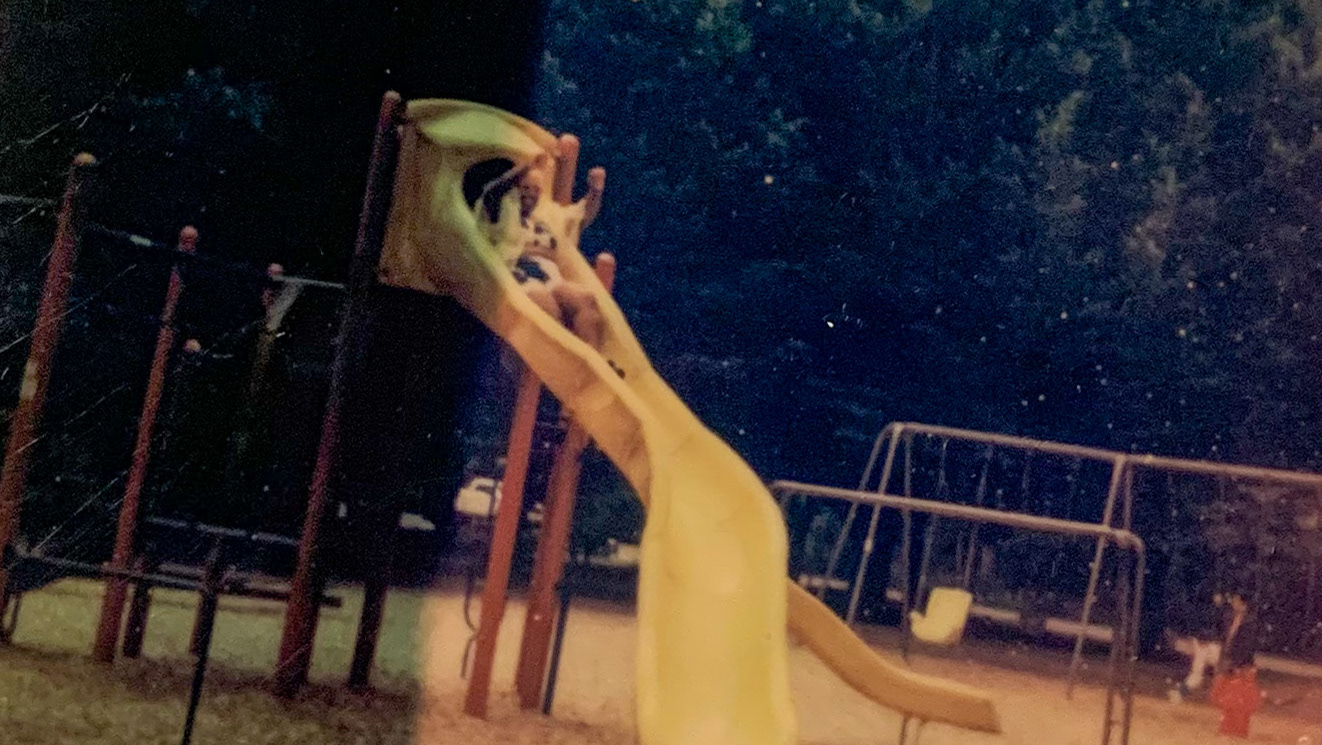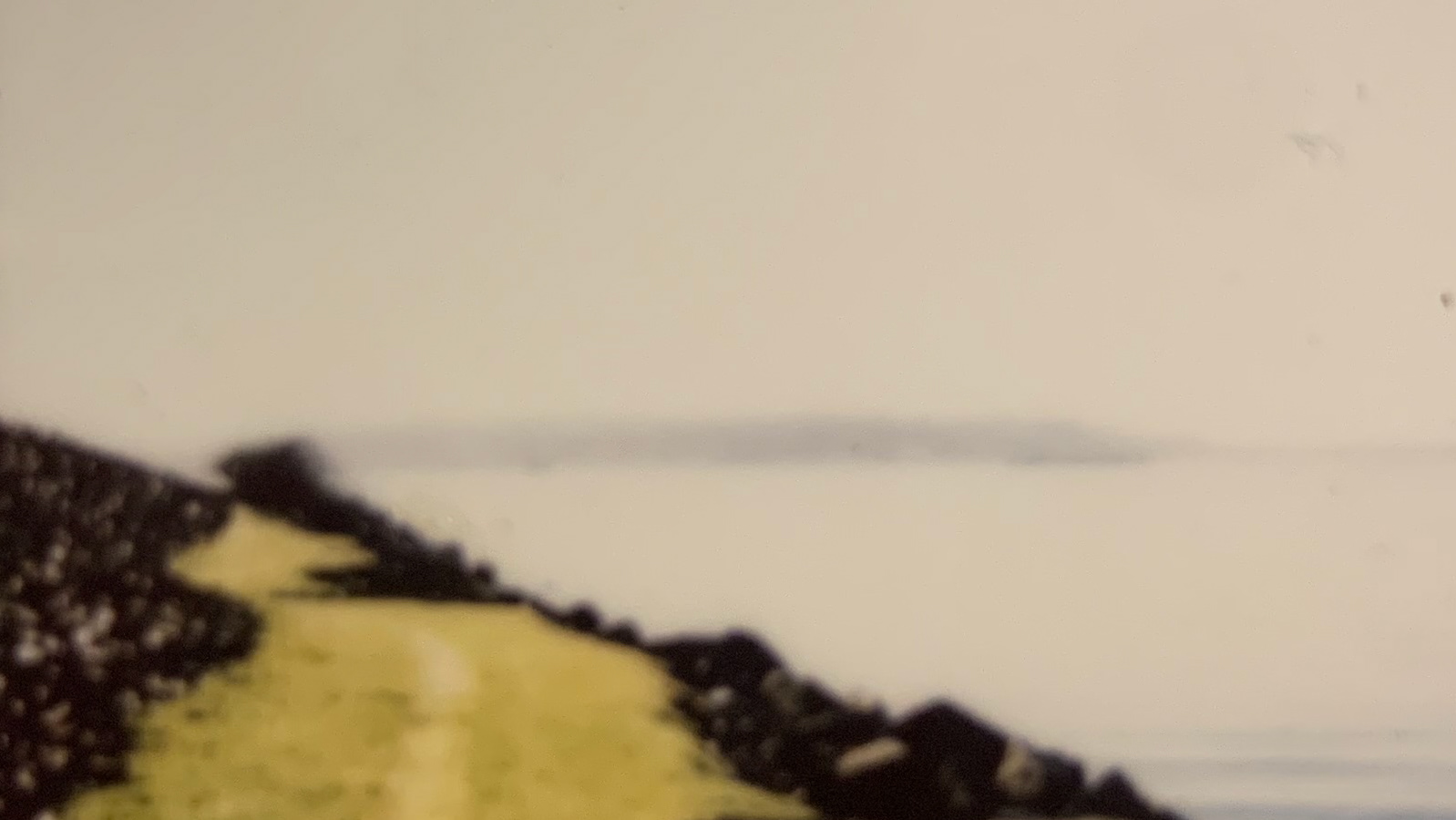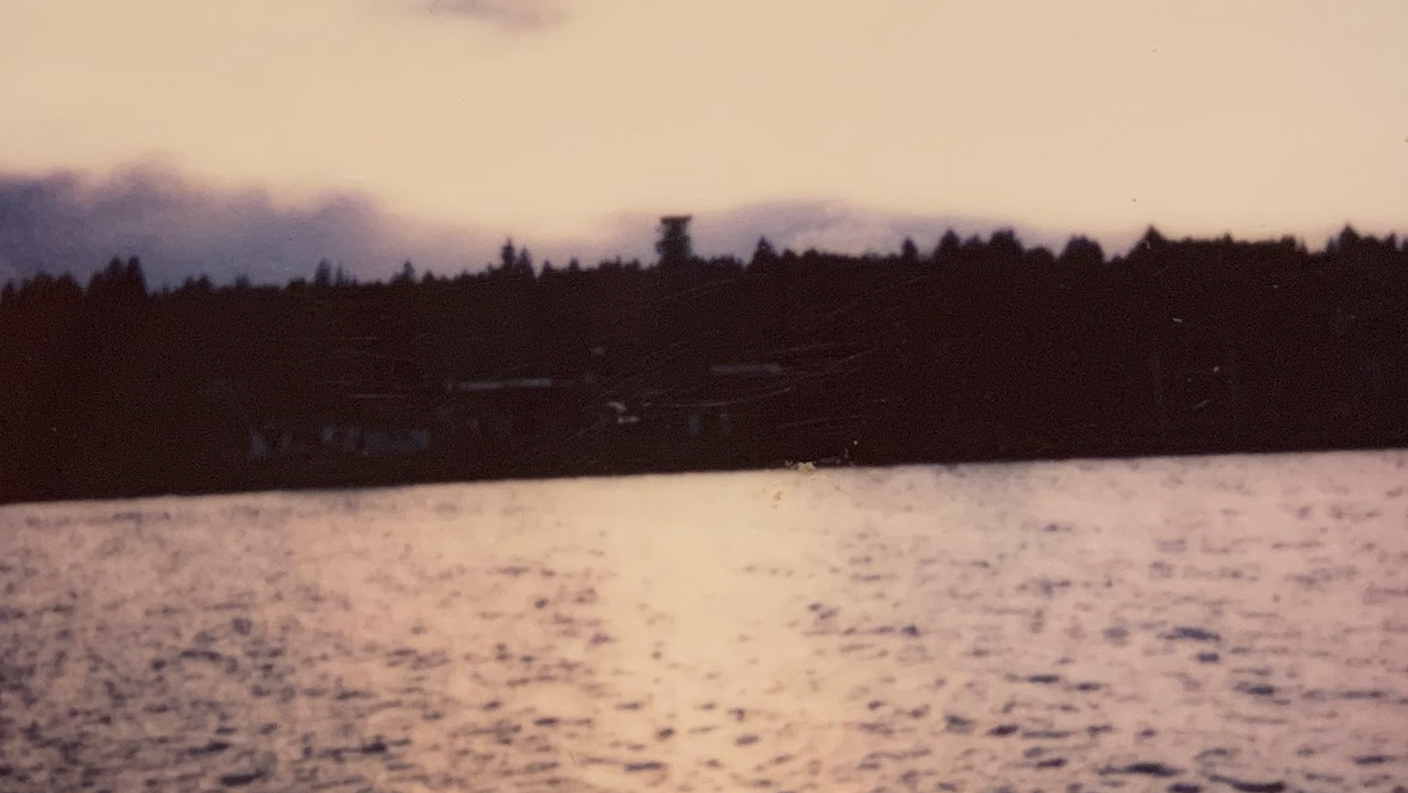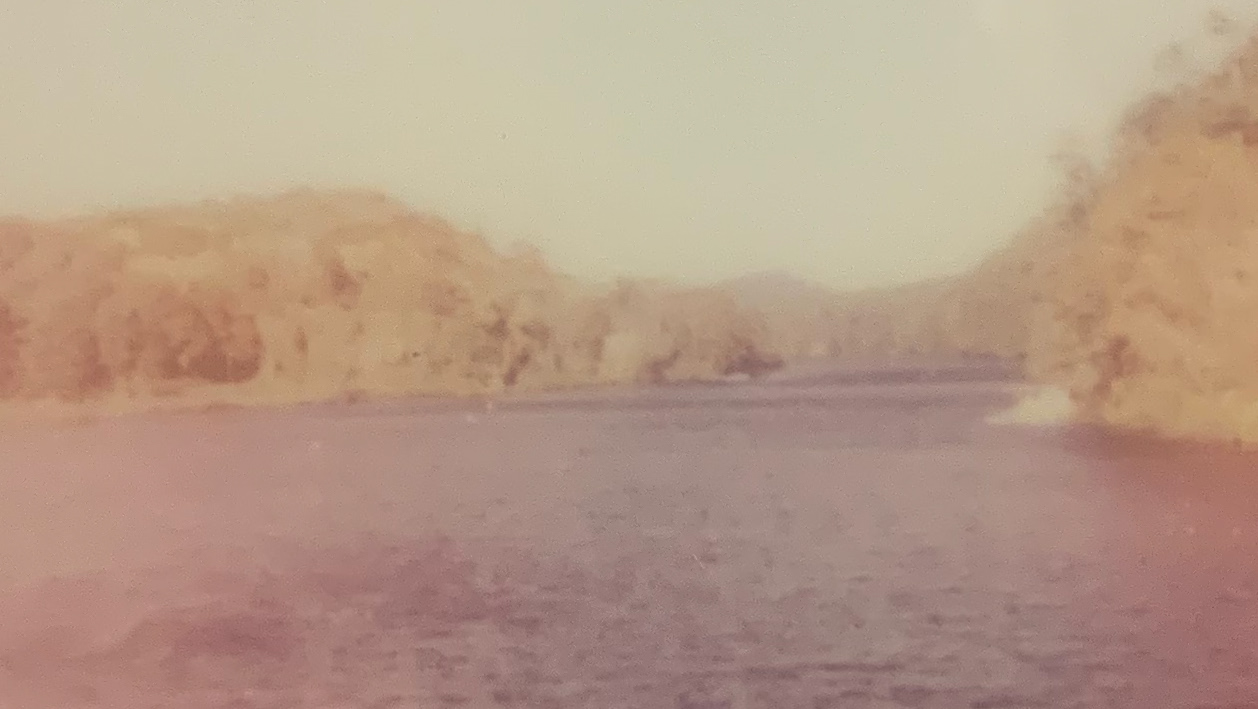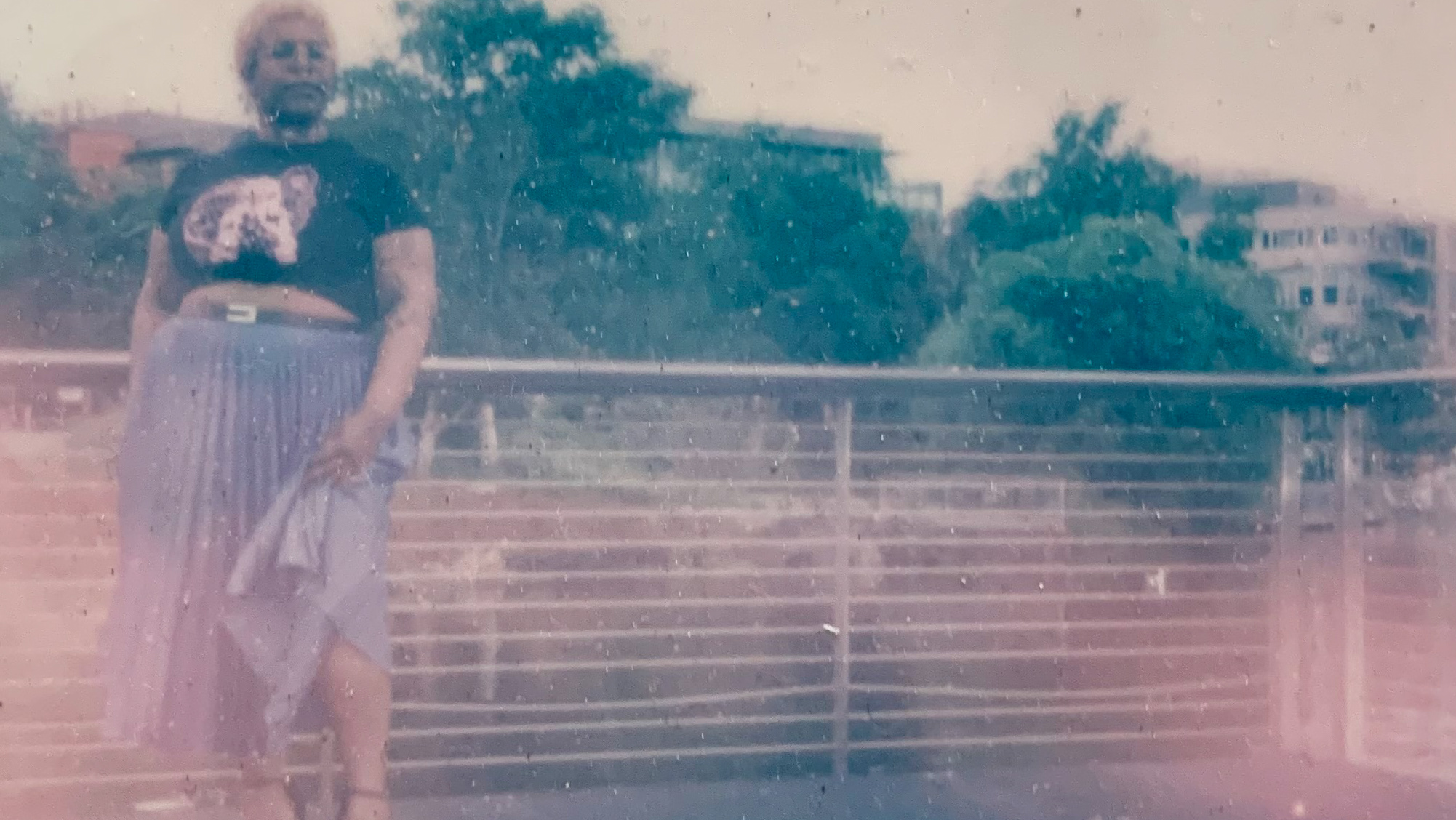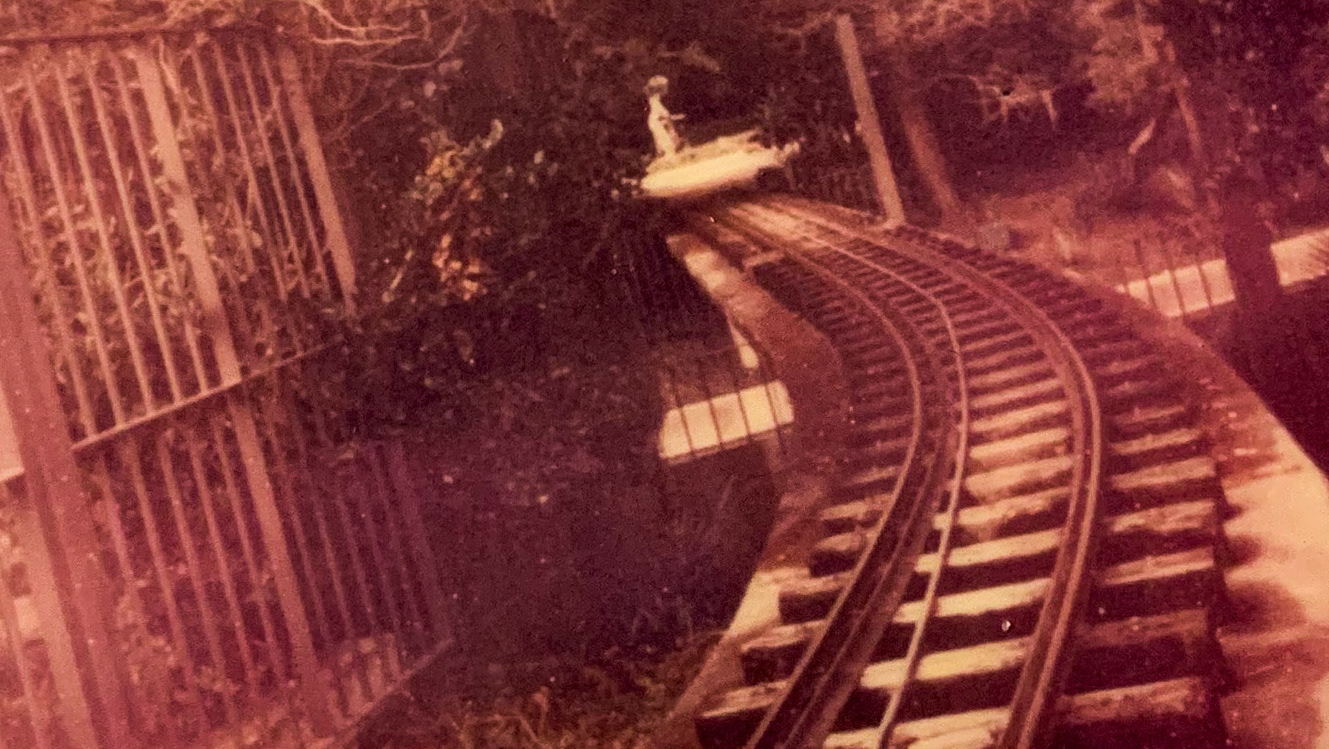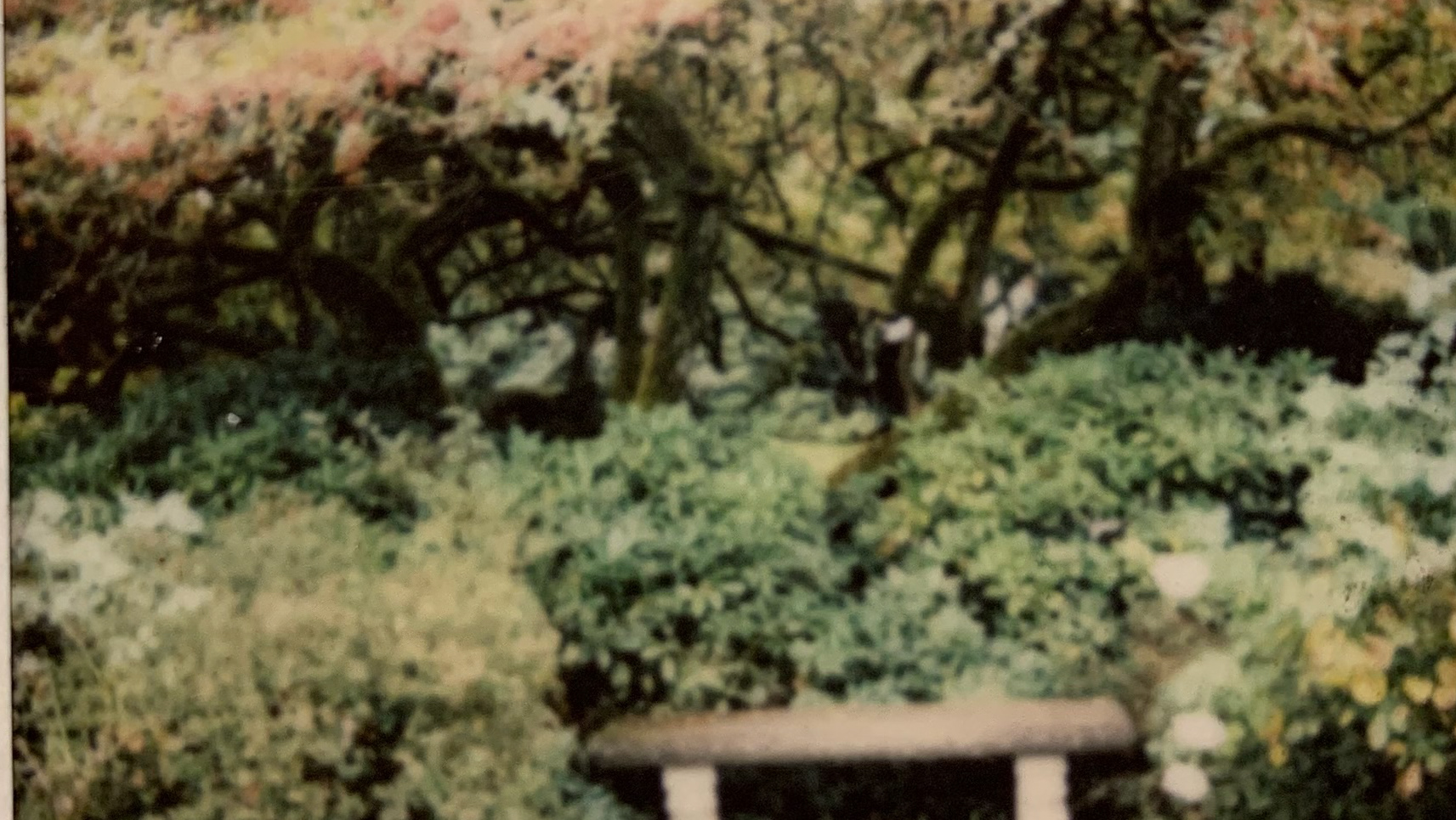--------------------------------------------------------
Imagine Another World: A Philosophical Approach to Black Speculative Arts and Literature. ProQuest Dissertation, 2024. My dissertation (which I am reworking into my first book!) responds to the surge in horror and science fiction in contemporary Black cultural and theoretical projects. This work reads into the expressed conditions of Blackness that yearns for and that builds other material or immaterial realities. Worldbuilding is a way for collective Black imaginations to experience another world that is at the very least different from the anti-Black world order. Throughout each of the four chapters, this interdisciplinary work engages speculative literature, visual arts, and films of the 21st century, including Tananarive Due’s “The Rider” (2023), Wangechi Mutu’s All the Way Up, All the Way Out (2012), and Jordan Peele’s Us (2019). Some of the questions that run throughout the chapters are: Why would Black cultural producers need to explore and build other worlds? How are these other worlds built? What do they look like? How can they be accessed or known, or how do they deliberately prevent access? These questions provide a philosophical exploration of the otherworldly representations in contemporary Black arts.
"You Cannot See Me: A Brief Visual Analysis of Sierra Faye’s ‘ Comfort in the Undiscovered" published in the Outlier Chapbook by Hawai‘i Review 88. 2018. This essay examines how Sierra Faye’s photograph Comfort in the Undiscovered (2011) explores hyper-visibility through the use of black paste covering the model’s skin. The layered application of the paste obscures the subject’s authentic skin, symbolizing the Blackness constructed within white imaginations and imposed onto Black subjects through white power. Drawing on Claudia Rankine’s Citizen: An American Lyric (2014) and bell hooks’ Black Looks (1992), this analysis argues that Faye’s photograph reveals how the white gaze distorts and misrepresents Black women and femmes, rendering them unseen even in their visibility.
"The Very Real Effects of an Illusionary Circuit System: Using Toni Morrison’s The Bluest Eye to Contemplate Black Existence with White Supremacy" published in National Foreign Language Resource Center: Celebrating Voices-- Past, Present, Future. 2016. This paper offers a literary and cultural analysis of Toni Morrison’s The Bluest Eye (1970), focusing on Pecola Breedlove’s encounter with Mr. Yacobowski, a white immigrant store owner. In this scene, Pecola asks for candy but is mis-seen by Mr. Yacobowski, whose refusal to fully acknowledge her personhood profoundly shapes her self-perception. Morrison illustrates how this mis-seeing gaze functions within white supremacy’s circuit of continued anti-Blackness. This paper argues that the scene troubles G.W.F. Hegel’s "process of recognition," demonstrating how the process is truncated for Black girls under white supremacist frameworks. Mr. Yacobowski’s failure to recognize Pecola as fully human not only reinforces systemic racial dehumanization but also trains Black girls to see themselves through a white, dehumanizing gaze. By examining this scene through both literary analysis and philosophical critique, this paper highlights the ways Morrison exposes the epistemic violence embedded in racialized perception.
